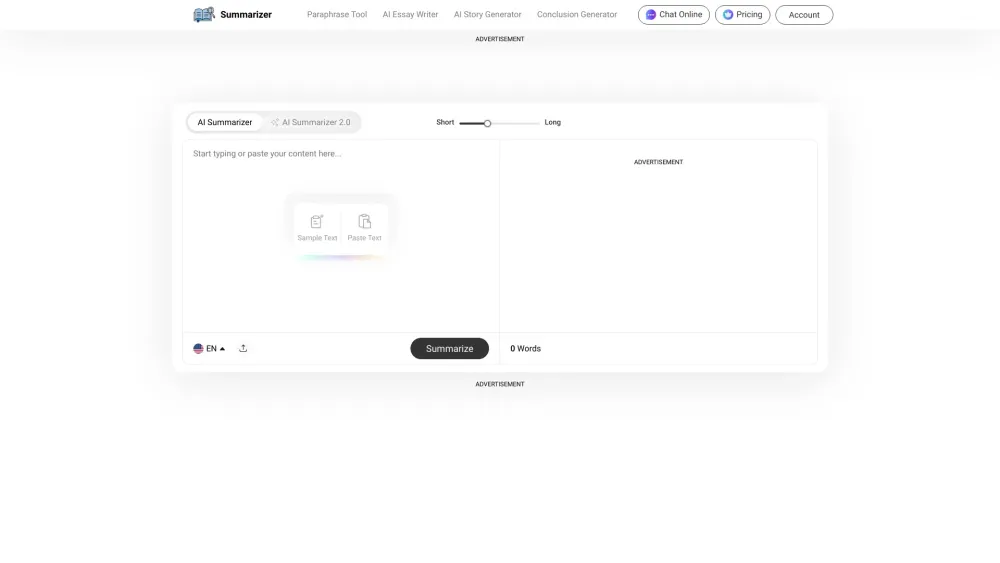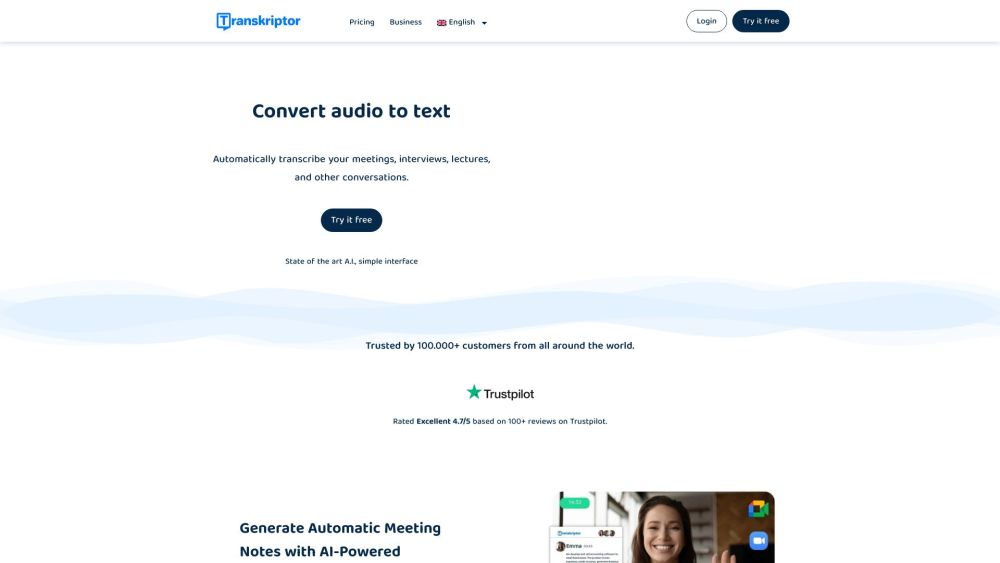Ai2's Tulu 3 405B Beats DeepSeek V3 and GPT-4o, Heralding a New Era for Open Source AI
Most people like

Introducing our advanced text-to-image model designed to enhance image fidelity and precision in visual content creation. This innovative technology leverages cutting-edge algorithms to transform textual descriptions into stunning, high-quality images, ensuring that every detail aligns perfectly with the intended vision. Experience the future of visual storytelling with our refined model that sets a new standard for clarity and artistic expression.

Transform text and images into stunning professional videos effortlessly using our AI tool. Elevate your content creation with cutting-edge technology that streamlines the video-making process, making it accessible for everyone. Whether you're a marketer, educator, or content creator, this innovative AI tool is designed to bring your ideas to life with ease and precision. Discover the future of video production today!

Effortlessly create concise summaries for any text with our free summary generator. Whether you need to distill long articles, research papers, or essays, this tool simplifies the process, delivering clear and informative summaries in seconds. Enhance your productivity and comprehension by leveraging our user-friendly solution for all your summarization needs.
Find AI tools in YBX




